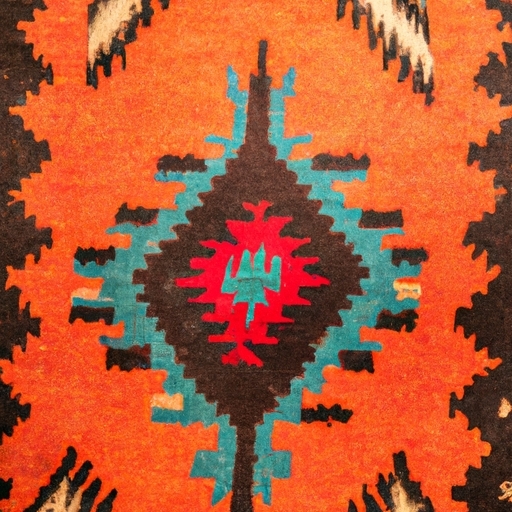
Navajo rug weaving marketplace
Introduction to Native American art
Navajo rug weaving is a traditional artform that has been passed down through generations. (Despite) its intricate designs and vibrant colors, many people are unfamiliar with this beautiful craft! (However), there is a growing interest in Navajo rugs in the marketplace.
Transition phrase: On the other hand,
If you have never heard of Navajo rug weaving before, you might be surprised to learn about its rich history and cultural significance. (Although) it may seem daunting at first, learning how to weave a Navajo rug can be a rewarding experience! (Don't) be afraid to try something new and embrace the beauty of this ancient art form.
In the marketplace, Navajo rugs are highly sought after for their craftsmanship and unique designs. (Moreover), each rug tells a story and carries with it years of tradition and skill. (Can't) you imagine owning your very own piece of Navajo history?
As more people become aware of Navajo rug weaving, the demand for these beautiful creations continues to grow. (Rather than) being just a trend, Navajo rugs are becoming a staple in home decor and collectors' items alike. (Won't) you consider adding a piece of Navajo art to your collection?